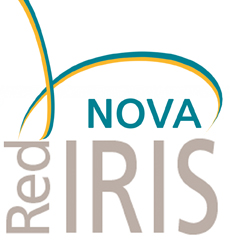Remember you can always schedule an appointment for me to explain you what you did not get right during lectures.
From marking the tests it became clear to me that my explanation of propagation delay was not good (as many of you got your answer wrong). First, let me explain what propagation delay is not:
- Propagation delay is not the response time.
- Propagation delay is not the sum of different delay sources.
- Propagation delay is not the time it takes for a packet to be received since it was sent.
Propagation delay is the time it takes for a signal to travel the distance from transmitter to receiver. Please do not confuse transmitter with sender nor receiver with destination. First, let me explain this difference: each time a packet is retransmitted, there is a transmitter, a receiver and a link connecting the two together. In a packet switching network. Packets will flow from sender to destination as a sequence of retransmissions through different links.
While propagation delay D is measured in seconds, it is interesting to note that for a given bit rate R, propagation delay can be computed in terms of meters/bit (as if bits had some physical dimension). As 1/R is the time it takes for a bit to be transmitted and at a propagation speed S this time is equivalent to a distance = S / (1/R). Therefore, the product S x R has the dimension meters/bit and it represents what fraction of space a bit uses when propagating along the link.
As the link distance X is known too. A second conclusion we can get is the number of bits the link can hold "while propagating" as the expression X / ( S x R ). Does your brain hurt? If so, relax for a while before heading to this week's homework.




